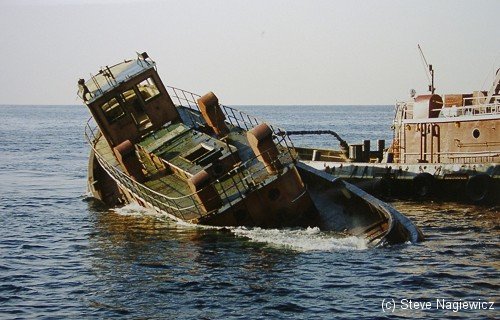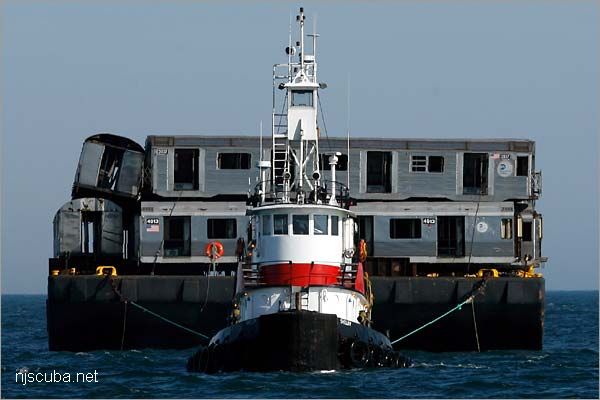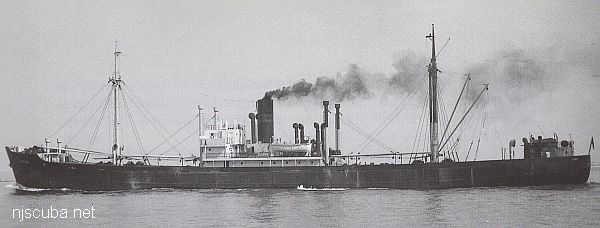Rail Cars

There is a great deal of controversy over the use of subway cars as artificial reefs. There shouldn't be. Subway cars are fish condos. They are the perfect size and shape to provide homes for all sorts of fishes, as well as large attachment areas for other organisms. The fact that they come complete with large door and window openings is even better. Most reef materials, such as ships and barges, improve with age because they open up, allowing easier access to the interior. Indeed, some of the most barren reefs I have seen are those that are completely intact, since they offer little shelter.
The durability of subways cars is also criticized. While no one would expect a subway car to last as long as a ship or an Army tank, they last long enough. Even lightweight cars seem to have a useful life of 15-20 years; heavier cars would be expected to last longer, and the latest batch of stainless-steel cars, well, who knows how long those will last? A point in favor of their lighter construction is that these cars are less prone to sink into the sand.
Update 2020
I doubt there is anything worth diving left of any of the subway cars that have been reefed. They served their purpose while they lasted, but that was not for very long, nor was it expected to be.
Subway cars have been "reefed" in three separate events:
- Path / Septa Cars
- Redbirds
- Brightliners
The PATH cars are the first and oldest experiment with subway cars, sunk in 1990. These cars are of very lightweight construction, yet are still over 50% intact after nearly 20 years in relatively shallow water. Only six PATH cars were ever used as reefs.
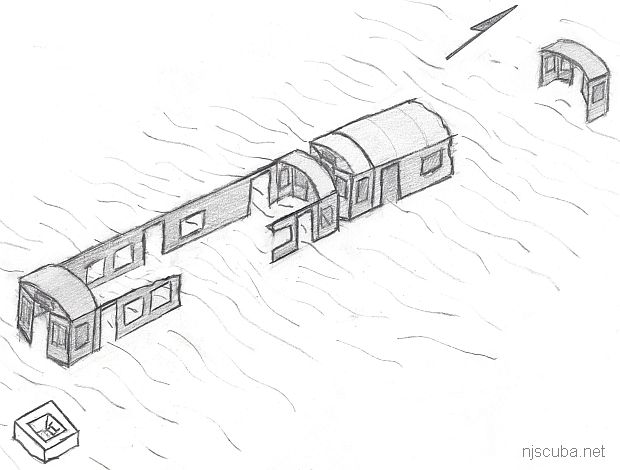
The Redbirds began the controversy, sparked mainly by a particular environmental group that was completely out of line, and later proven to be entirely wrong. The damage was done, however, as, after all the fighting, New Jersey got only a small fraction of the cars it was originally slated for. On the plus side, many of those cars went to Delaware, which built a huge reef out of them not far from our shores.
The Redbirds are of much sturdier construction than the PATH cars. If the PATH cars are still upright and useful after nearly 20 years, I would expect the Redbirds to last even longer. After several years on the bottom, most Redbirds show no signs of deterioration at all. New Jersey has approximately 250 Redbirds; Delaware has around 600.
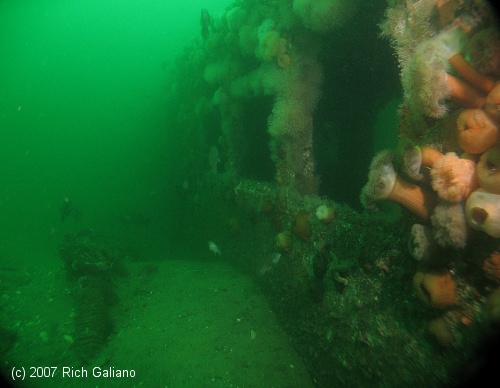
The latest batch of subway cars to be used as reefs is the stainless-steel Brightliners. What is there to say? These cars are even more heavily built than the Redbirds, and rust-proof stainless steel! How long they will last is anyone's guess, but 30 years or more for those in deep water would not be an unreasonable estimate. Deployment numbers for the Brightliners should be similar to the Redbirds.
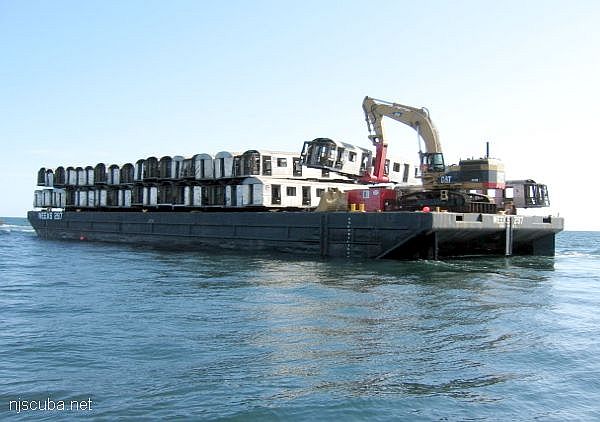
And to think the whole thing was almost derailed by one wrong environmental zealot !!!

